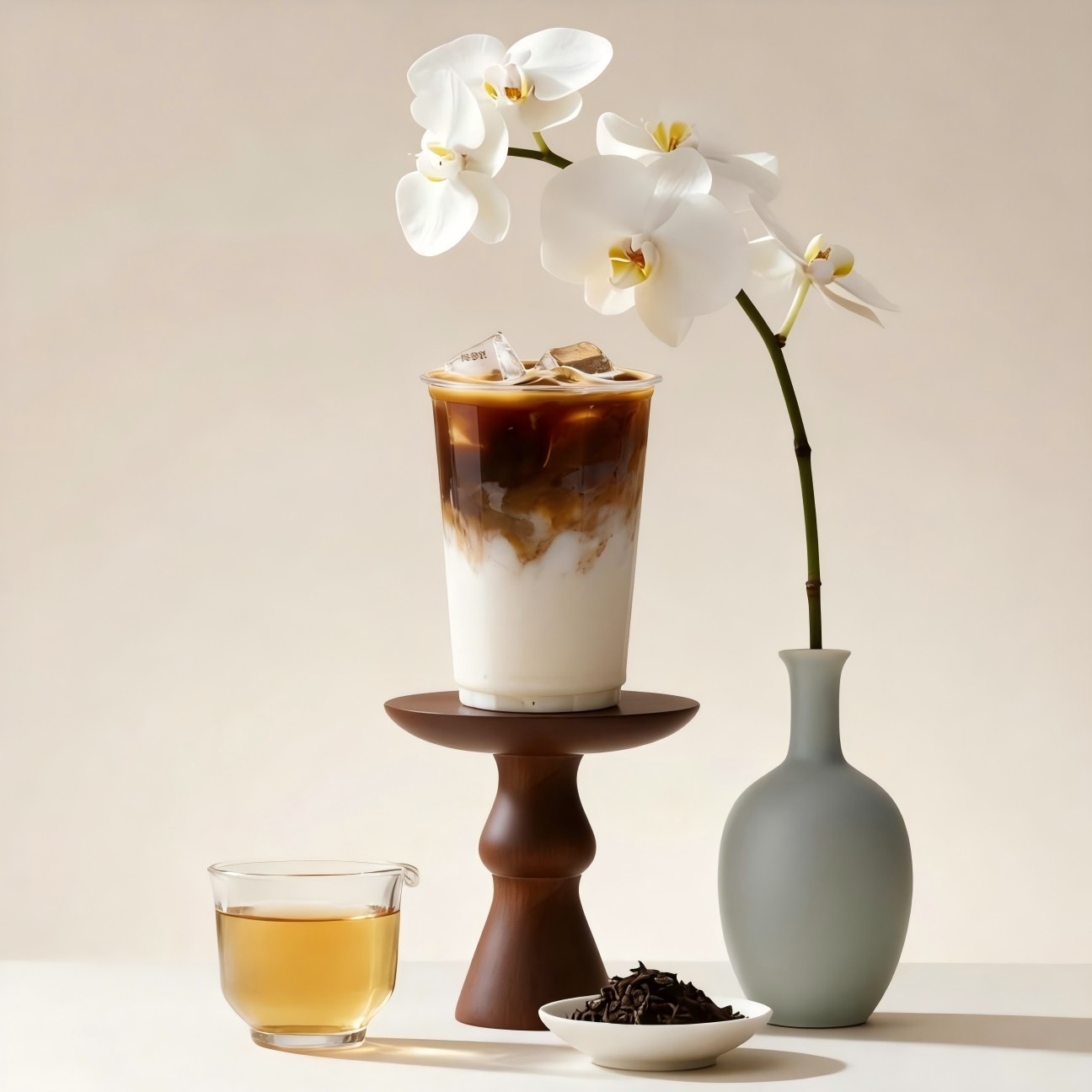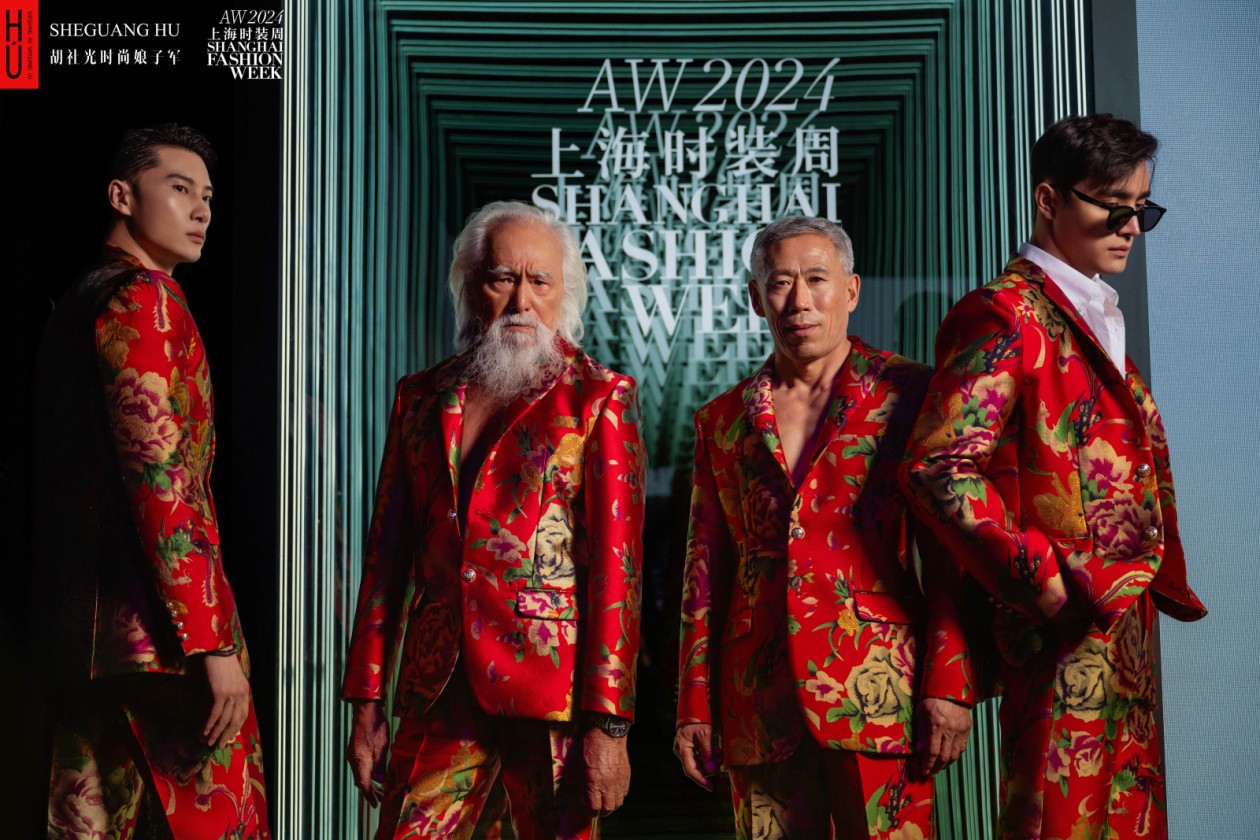
COVID-19 has significantly impacted China’s economy. we've identified the newest trends for brands trying to know where to focus their innovation to navigate this new world. A crucial success in the advertising business is our capacity to anticipate changes in consumers’ behavior and find relevant long-term or short-term strategies that accelerate the recovery of heavily affected industries.
Holistic well-being
The pandemic has directly impacted the chinese consumer’s view of well-being, pushing them to pay more attention to the standard , nutritional and benefits of food.
Dairy and plant-based dairy alternatives have benefited from the consumer’s specialise in nutrition. Low and 0 sugar beverage products are very fashionable , particularly popular among young consumers. New star brands, including those produced by Yuanqisenlin, are promoting the food concept of zero sugar and healthy eating. Classic brands like Coca-Cola and Sprite also are starting to initiate their zero-sugar concept with new products.
New habits and back to normal
There is a stimulating mixture of new habits and a desire to return to norm before Covid-19. On the opposite hand, a switch of lifestyle habits from dining outside to cooking more within the pandemic. A related trend was using more cheese and butter to cook tasty food, leading to a 60% year-on-year surge. During the pandemic, drinks like Coca-Cola reached the height of the sales ; this category soared by quite 20%. it's become a necessity for consumers at these trying times.
Some food categories like frozen dessert want to have a high season within the summer while people are outdoors but home purchasing has become a trend this year. For the need brands, Instant noodles and frozen foods grew in lockdown. It looks like that they need to continue to take care of their stock afterwards as these categories are still enjoying positive growth.
The categories which suffered tons in lockdown like alcohol, coffee and Chinese pastries, have had a recovery within the post-pandemic. While there's a replacement normal now, it’s complex with consumers really keen to travel back to the traditional they once knew but adapting to some new habits. Brands got to understand this state of mind in their communications.
Online-to-offline segment
Online-to-offline method is where a client can determine more of a product online before collecting it during a store. In 2019, 57% of urban families bought FMCG products via O2O method, with 5.5 trips on the average a year. on the average , people are willing to pay 30% more on O2O methods. The drive for this method is that the convenience and therefore the ability to urge all the shopping items from one place. China is different from other countries in the respect that their online platforms host the complete range of brands and categories of all available items within the same place.
The pandemic will positively impact the general Online to Offline service and it's a really important channel that brands have to confirm that they understand and exploit appropriately if they're close to growing their business within the new norm.
Retailer’s performance on the booming e-commerce
In 2020, major retailers have reacted rapidly to the challenges from both the booming e-commerce channel and therefore the COVID-19 pandemic. They need to do this through the expansion of their neighbourhood stores, strengthening the fresh foods offer and embracing new technologies and omni-channel deployment to enable better user shopping experiences.
Among the highest players, Sun Art maintained its leading position because of RT-Mart’s recovery, recording a market share of seven .2%. Despite a lukewarm performance within the total market, RT-Mart was ready to drive shopping frequency by tapping into Alibaba’s Online-to-Offline infrastructure and shopper traffic from Taobao.
Yonghui maintained a strong growth of 19% in Q2, achieving a historic market share of 4.9%. Most other regional players showed an equally strong performance. Bubugao group achieved an interesting growth of 10.9% in Q2, driven by an enlarged shopper base. To realize this, Bubugao has not only expanded its fresh foods range, but also offered the selection of both store collection and residential delivery to further attract new shoppers.
Conclusion
Market trends within the country appear to be recovering although consumer behavior has permanently changed. While the remainder of the planet remains navigating a myriad of nervous realities a day from extended home quarantines, social distancing of public spaces, travel curbs, constant monitoring of the health of families, friends, and neighbors, and anxiety over jobs and livelihoods, China shows positive growth in 2020.





